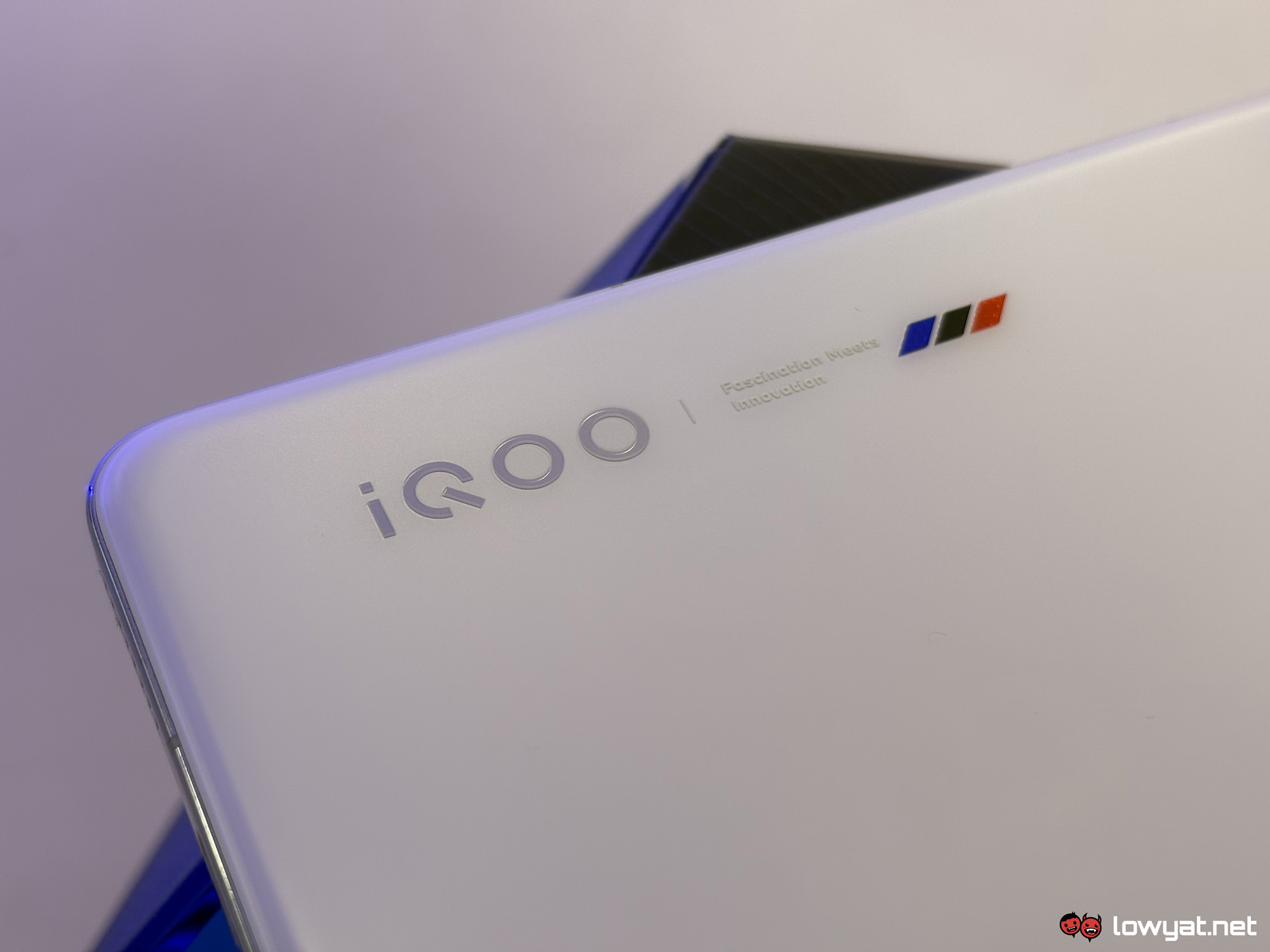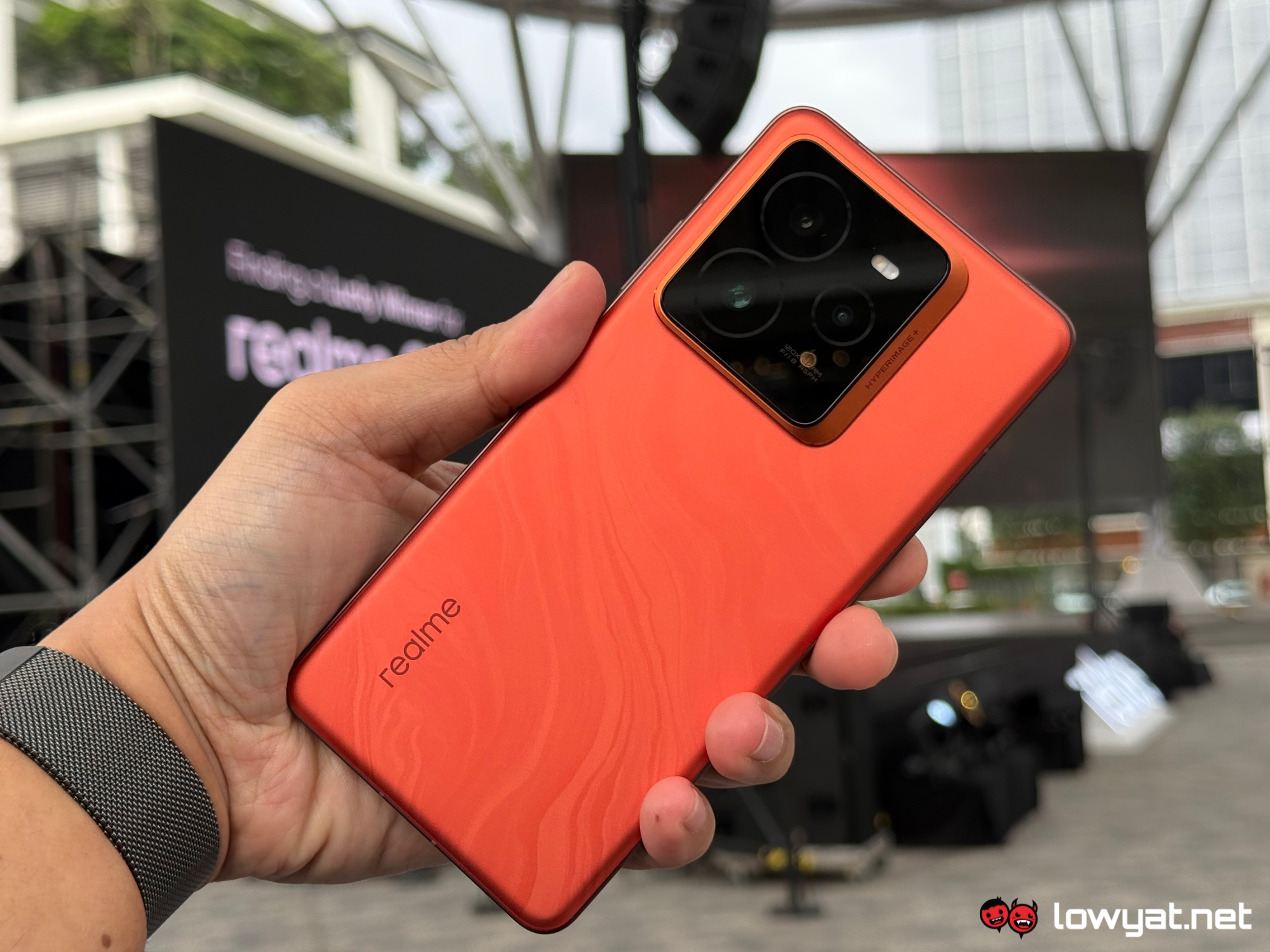While it’s normal nowadays for people to spend upwards of RM5,000 on a flagship smartphone, its refreshing to see the iQOO 13 offering a more sensible option while not making any compromises on the essentials. It costs RM300 more than last year, but the vivo sub-brand’s flagship is still the cheapest in the category of phones powered by the latest high-end chipset.
The new phone keeps all the things I loved about the iQOO 12, which was the best bang-for-your-buck option in 2023, but brings in nearly all the improvements I was hoping for and then even a new gimmick just to stand out from the crowd. However, with the price increase, is it still the best value buy?
Specifications
The iQOO 13 sports a larger 6.82-inch 1.5K LTPO AMOLED display with a 144Hz refresh rate, a global peak brightness of 1,800 nits, and an HDR peak brightness of 4,500 nits. Under the hood, it runs on the top-of-the-line Qualcomm Snapdragon 8 Elite chipset. While the 16GB+512GB variant costs more this year, there’s a new 12GB+256GB configuration that is priced nearly the same as its predecessor if you don’t need that much storage.
For imaging, the company replaced the OmniVision primary and telephoto sensors with ones from Sony, resulting in a triple 50MP setup. It features a 50MP main camera with OIS, a 50MP telephoto lens with OIS and 2x optical zoom, a 50MP ultra-wide lens, and a higher-resolution 32MP selfie shooter.
Powering the phone is a much bigger 6,150mAh with support for the same 120W charging speed but alas, still no wireless charging. Connectivity-wise, it supports 5G, Wi-Fi 7, Bluetooth 5.4, and NFC.
Looks & Functionality
Like last year’s, the iQOO 13 is a very flat device, including the screen and the metal sides; the only curves that can be felt are on the corners as well as the subtle raised backplate, which is presumably to make the large phone easier to hold. And large it is, with the screen being larger than ever, which is amazing for watching content and scrolling through social media, but makes it nearly impossible to handle one-handed.
The display gets a much higher global peak brightness than its predecessor’s 1,400-nit limit. During the phone’s launch presentation, the company was very upfront with the difference between the global and local peak brightness figures, with the former being what matters for outdoor visibility. This was refreshing, given that some manufacturers nowadays try to avoid disclosing the global peak brightness figures and only advertise the brightness for HDR content.
As always, the AMOLED display is sharp and vivid, with fluid movements and transitions with a high refresh rate. On the brightness of it all, it’s noticeably brighter and its outdoor visibility is undeniably improved, but it still can’t match up to some of the higher-end smartphone displays with a peak of 2,000 nits.
On the design side, I do love that despite it having a glass back, the matte finish prevents the appearance of most fingerprint smudges. However, personally, I would prefer the black version instead of the white because I’m not a fan of the gaudy BMW logo.
In the biometrics department, the iQOO 13 gets a big upgrade from an optical under-display fingerprint scanner to an ultrasonic sensor, which is vastly superior in terms of speed and accuracy, even with sweaty fingers. To illustrate just how quick it is, I literally just have to tap where the sensor is to unlock the phone, I don’t even need to hold my finger in that spot like how you normally would with an optical sensor.
The large camera island has a new LED light ring, which can be used for notifications and to add a little pizzazz to an otherwise vanilla design. It’s not exactly the brightest, with the light flashes barely even visible outdoors, and for some reason, it sometimes does not turn on when you get a call, although this might just be a bug. In all honesty, this is purely a gimmick that I stopped using after just a day.
For software, it uses vivo’s Funtouch OS 15, which has grown into a clean Android skin. Don’t get me wrong, there’s still a lot of bloatware out the box, but you can disable or delete most of them. The in-house gallery app does come with the usual AI features like an eraser or a cutout tool. Even Google’s Gemini AI assistant is integrated into the OS.
By far, though, my favourite feature is Google’s Circle to Search tool, which has been making its way to non-Pixel Android devices as of late. It can be easily activated by tapping and holding the bottom bar.
Performance & Battery
iQOO’s tagline for this phone is “Monster Inside” and they weren’t lying. Synthetic benchmarks show up to a 40% improvement for the CPU and a nearly 30% power-up for the GPU — as a disclaimer, I enabled “Monster Mode” while running these tests, although I’m not certain if it actually did anything.
While the phone did get warm during a continuous heavy load through a stress test, it wasn’t burning hot to the point where it was uncomfortable to hold, which is a testament to its internal cooling. Stability-wise, it gets roughly the same score as the 12.
Of course, in real life, you won’t find any sort of lag while using the phone. In tandem with the 144Hz display, everything about it feels smooth and fluid. Unless you’re running a benchmark test or playing intensive games for long periods, the IQOO 13 will stays relatively cool.
The battery life seems to have stayed exactly the same even with the much larger battery, although it may have mostly been to compensate for its more powerful SoC. Just like the 12, the iQOO 13 regularly lasts me the whole day comfortably, with light usage allowing me to stretch it to two full days without charging. Similar to its predecessor, it lasts 25 hours during my YouTube streaming stress test.
Camera
On paper, the iQOO 13’s camera sensors are smaller than last year’s but in practice, it gets similar or improved results, depending on the situation. For the main camera, it’s as sharp, crispy, and vividly as ever. Most images of landscapes, buildings, or objects just pop with colour that’s not oversaturated and the autofocus is really good at getting things in focus quickly.
Night shots are still bright with relatively minimal blooming, but it does struggle with the shadows in dim indoor settings, sometimes leading to dull and gloomy photos. Additionally, macro shots get a big improvement, with the pictures being extremely sharp and well-lit, making it easy to take close-ups of flowers and small figures.
By swiping up in the Camera app, you’ll find another camera interface called Street Mode. This lets you more easily access the manual settings of the IQOO 13, making it an enhanced Pro mode, with the ability to save presets and use several filters. Last but not least, there’s the “Snapshot” mode, which supposedly lets you capture still images of moving subjects, but I had a hit-and-miss experience when trying it out with pigeons.
Camera Samples
Competition
vivo X200
iQOO’s parent company has its own new flagship but instead of a Snapdragon, it is powered by a MediaTek Dimensity 9400 chipset with 16GB of RAM and 512GB of storage, which actually costs RM100 less than the iQOO 13’s equivalent at only RM3,599. The vivo X200 gets a smaller 6.67-inch AMOLED display, which doesn’t have LTPO technology, with a 120Hz refresh rate, an HDR brightness of 4,500 nits, and a global peak brightness that is reportedly 1,600 nits.
In the imaging department, it carries a Zeiss-branded setup with the same 50MP Sony IMX921 primary sensor as the iQOO 13, a 50MP ultra-wide lens, and a 50MP telephoto lens with OIS and 3x optical zoom. Backing the phone is a 5,800mAh cell with support for 90W charging while for durability, it comes with an IP69 rating.
OPPO Find X8

The OPPO Find X8 is another Dimensity 9400 rival, costing RM3,599 for 16GB of RAM and 512GB of storage. The smallest on this list, it sports a 6.59-inch AMOLED display with a 120Hz refresh rate, an HDR brightness of 4,500 nits, and a global peak brightness of 1,600 nits. For protection, it gets an IP69 rating as well as Corning Gorilla Glass 7i.
On the optics side, it features a 50MP main camera with OIS, a 50MP ultra-wide lens, and a 50MP telephoto lens with OIS and 3x optical zoom. The flagship is powered by a 5,630mAh battery with support for 80W wired and 50W wireless charging.
realme GT 7 Pro
Another Snapdragon 8 Elite contender, the realme GT 7 Pro is priced at RM3,699 for 12GB of RAM and 512GB of storage. It’s fitted with a 6.78-inch LTPO AMOLED display with a 120Hz refresh rate, a higher global peak brightness of 2,000 nits, and an HDR peak brightness of 6,500 nits. Protection-wise, it comes with an IP69 rating and Corning Gorilla Glass 7i.
Its photography setup consists of a 50MP main camera with OIS, a 50MP telephoto lens with OIS and 3x optical zoom, and an 8MP ultra-wide lens. Powering it is a significantly larger 6,500mAh battery with support for 120W charging. Moreover, this is the only other phone on this list with an ultrasonic fingerprint scanner.
Conclusion
The iQOO 13 retains is position as the best-value flagship, offering the lowest price tag without any major sacrifices. The design is comfortable and non-offensive, the battery life has legs for days, the display is nearly the best in the market, and the camera is highly reliable.
That being said, its price hike does narrow the gap between the iQOO 13 and its competitors. While the 256GB version is still a recommended option for me, if you really need a phone with 512GB of storage, it’s difficult to put my weight behind the iQOO 13 instead of the realme GT 7 Pro. Perhaps if the company got rid of the unnecessary light ring, it could’ve kept the price point lower.































